Hambledon Hill
Originally the hill served as the site of a Middle Neolithic Causeway Camp, such as the one at Windmill Hill in Avebury. The camp was enclosed by causeway ditches to the Eastern end of the hillside, perhaps protected by wooden palisades, evidence suggests the camp was attacked by archers in an inter tribal skirmish.

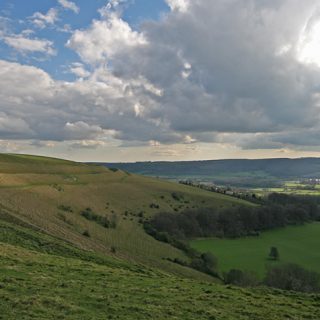
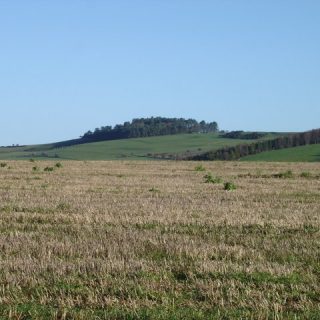
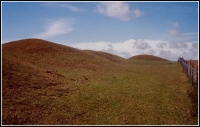
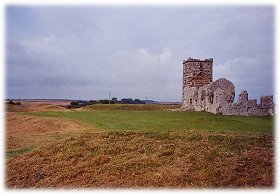
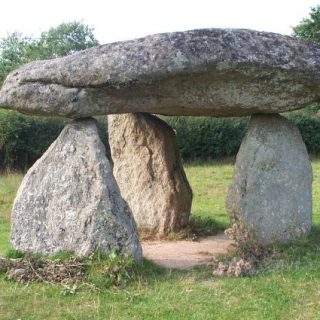
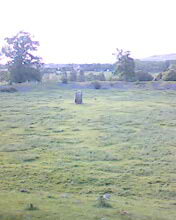
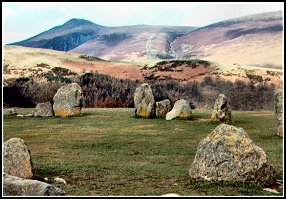
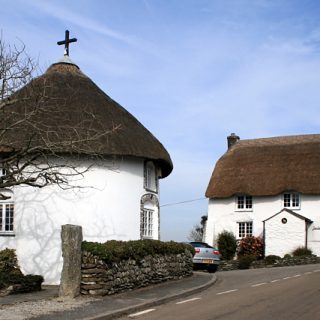
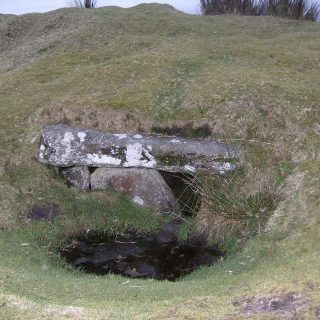
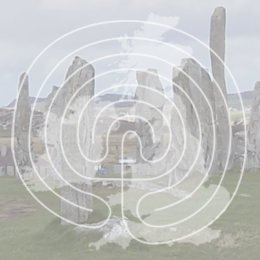
Recent Comments